Watch the full episode about Parashurama Kshetra (Srishti) on Chaturya – The Fourth State Podcast:
One of the most intriguing and awe-inspiring characters of our Puranas is Rama with the Axe – Parashurama. Born to sage Jamadagni and Renuka, the sixth incarnation (avatar) of Lord Vishnu occupies a very important position in Hindu mythology. He is the restorer of righteousness, and is considered one of the eight chiranjeevis (roughly translation: immortals). According to Hindu mythology, Parashurama is responsible for the creation of the verdant regions of Tulu Nadu and Kerala.
The first time I encountered the legend of Parashurama was during a conversation with my grandmother about the origins of our home state. At the tender age of five or six, my curiosity was piqued. My grandmother narrated how Parashurama, in pursuit of performing penance, hurled his axe into the sea, thereby creating the land known as Parashurama Kshetra, stretching from Gokarna to the southern tip of Kerala.
This led the six-year-old me to ask, ‘Why did Parashurama undertake such penance?’
‘Because he had vanquished evil kings,’ my grandmother replied, beginning the tale.
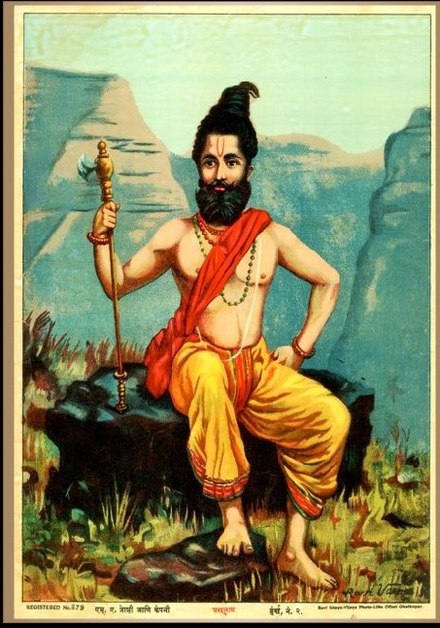
Parashurama: The Warrior of Hindu Lore
Legend has it that in ancient times, a formidable king named Kartavirya Arjuna, also known as Sahasrabahu Arjuna, ruled from Mahishmati, the capital of the Haihaya kingdom situated along the banks of the river Narmada in present-day Madhya Pradesh. Yes, Sahasrabahu and Mahishmati do ring some serious SS Rajamouli bells, don’t they? Anyway, coming back to the story, this illustrious ruler is depicted in various texts, having conquered Mahishmati from Karkotaka, a powerful Naga chief, transforming it into his stronghold. Interestingly, Karkotaka is also one of the thousand serpent children of Kadru (and Kashyapa).
The Sacred Cow
On one occasion, Kartavirya Arjuna and his retinue visited the ashram of sage Jamadagni. The sage, through the divine cow Kamadhenu (in Padma Purana), prepared an opulent feast that astounded the king. Envious of the sage’s prosperity, Kartavirya Arjuna demanded Kamadhenu, essential for his sacrificial rites, offering numerous other cows in exchange. Please note that in the Bhagavata Purana, the sacred cow is Surabhi.
The sage, bound by virtue, declined, stating that such a divine cow, protected by Indra himself, could not be surrendered. Enraged, Kartavirya Arjuna seized Kamadhenu by force and returned triumphantly to Mahishmati. In the Padma Purana, the king in his arrogance, kills Jamadagni.
This act of arrogance enraged Parashurama, who promptly sought retribution. A fierce battle ensued between Parashurama and Kartavirya Arjuna, culminating in the demise of the king at the hands of the axe-wielding warrior. Subsequently, Parashurama embarked on a campaign against corrupt Kshatriya warriors, instilling fear among those who abused their power.
Parashuram & Tulu Nadu
Now, what does Parashurama have to with Tulu Nadu and the book Daiva? To answer this, I am pulling out an excerpt from the second chapter of the book:
Parashurama Kshetra
In Indian mythology, the region of Tulu Nadu is said to be part of the Parashurama Kshetra, a land that is steeped in a rich blend of legends and lore. According to one legend, the mighty Lord Parashurama, who had vanquished the Kshatriya clans in twenty-one fierce battles, granted all his lands to the venerable sage Kashyapa. Seeking a new abode, the illustrious sixth incarnation of Vishnu embarked on a rigorous penance to invoke the blessings of Lord Shiva.
In response, Shiva directed Parashurama to take up residence in the verdant land towards the south, for he himself was preparing to take on the incarnation of Manjunatha. As Parashurama gazed in that direction, his eyes were greeted by a vast expanse of sapphire-blue ocean, a sight that had never before met his gaze.
The resolute Parashurama, undeterred by this unforeseen circumstance, called upon Varuna, the god of the sea, to part the waters. Parashurama hurled his formidable axe mightily across the sea, and the waters receded before him, revealing a new area of land that stretched from Gokarna to Kanyakumari.
However, the land that emerged from the sea was salty and unsuitable for habitation. Parashurama invoked forth the mighty Naagaraja Vasuki, who spat forth holy poison that transformed the salty sterile land into a lush, verdant paradise. In a grand tribute to Vasuki’s bravery and loyalty, all snakes were appointed as protectors and guardians of the land, a fitting homage to the land’s divine origins.
This story varies as we go further south on the Indian map. While mythology may weave fantastical stories, evidence of human habitation has been unearthed in numerous archaeological sites, dating back to the Neolithic era.
Parashurama’s Legacy
Parashurama Jayanti marks the birth anniversary of the sixth incarnation of Lord Vishnu, celebrated during the Shukla Paksha Tritiya (third day of the waning phase) of the Vaishakha month.
Parashurama’s saga serves as a testament to the pursuit of justice and righteousness in Hindu mythology, embodying the eternal struggle against tyranny and the valorous defence of dharma. His legacy endures as a symbol of unwavering resolve and divine intervention in the face of adversity.
In the rich and diverse pages of Hindu history and mythology, Parashurama remains a revered figure. Someone who retired to the Mahendra mountain, and still breathing, awaiting the final incarnation of Vishnu. According to the Kalki Purana, Parashurama will serve as the martial guru to Kalki, the prophesied 10th and final Avatar of Lord Vishnu. Notably, Parashurama’s encounters with other avatars are documented in ancient texts; for instance, in the Ramayana, he attended the betrothal ceremony of Sita and Lord Rama, where he met the seventh Avatar of Lord Vishnu.
However, unlike other avatars, Parashurama, being a chiranjeevi, is believed to still reside on Earth according to Hindu belief, distinguishing him from revered figures like Rama and Krishna who are worshipped widely.
In Udupi at the sacred site of Pajaka, a significant temple stands in honour of Parashurama. This is the very birthplace of the revered sage Madhwacharya. Additionally, numerous temples along the western coast of India are dedicated to Lord Parashurama.
Listen to the episode on Spotify:
You can read more about Tulu Nadu and its Daivas in the book. Order Daiva – Discovering the Extraordinary World of Spirit Worship from Amazon & Padhega India.
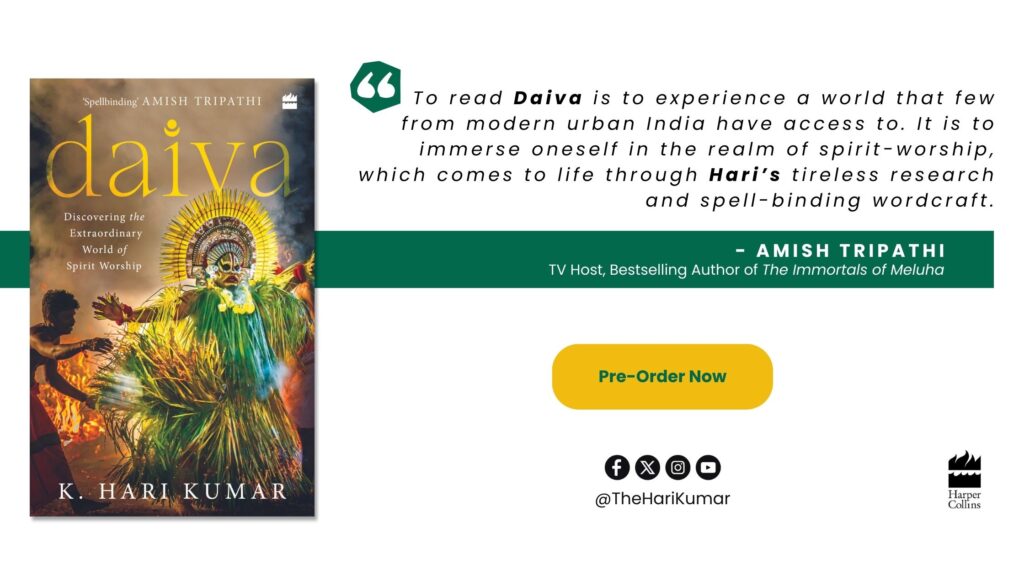
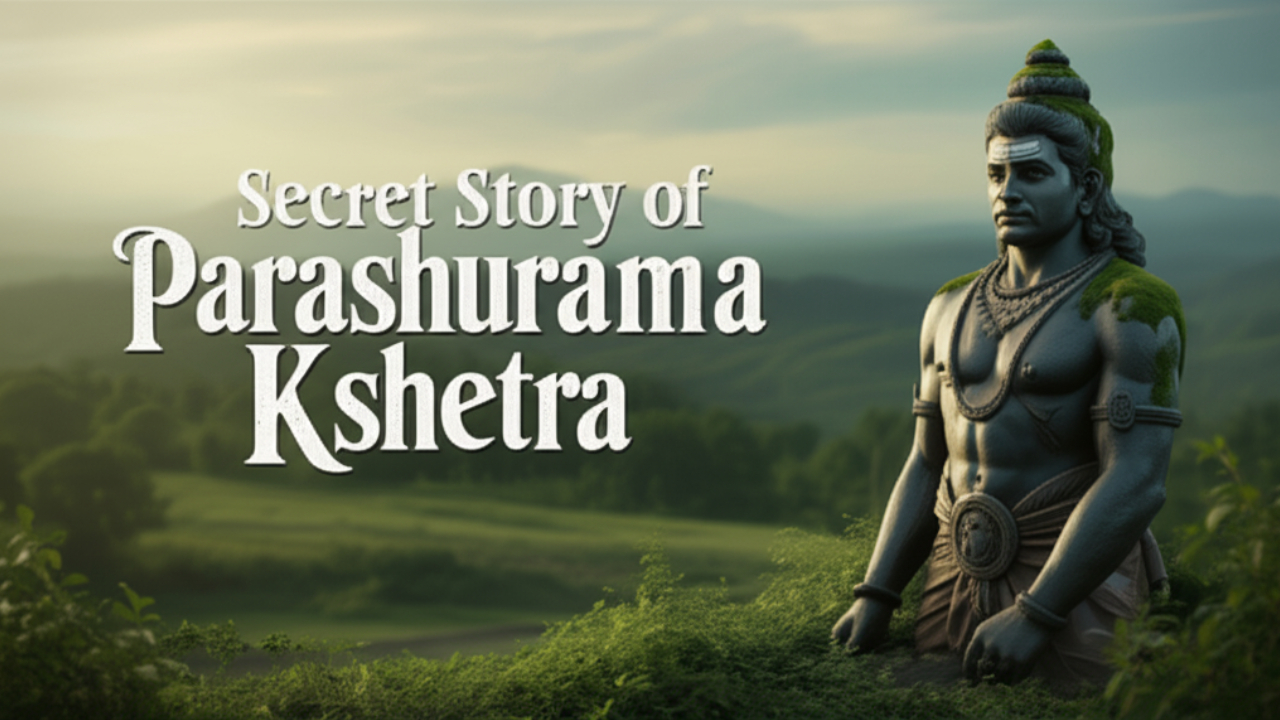
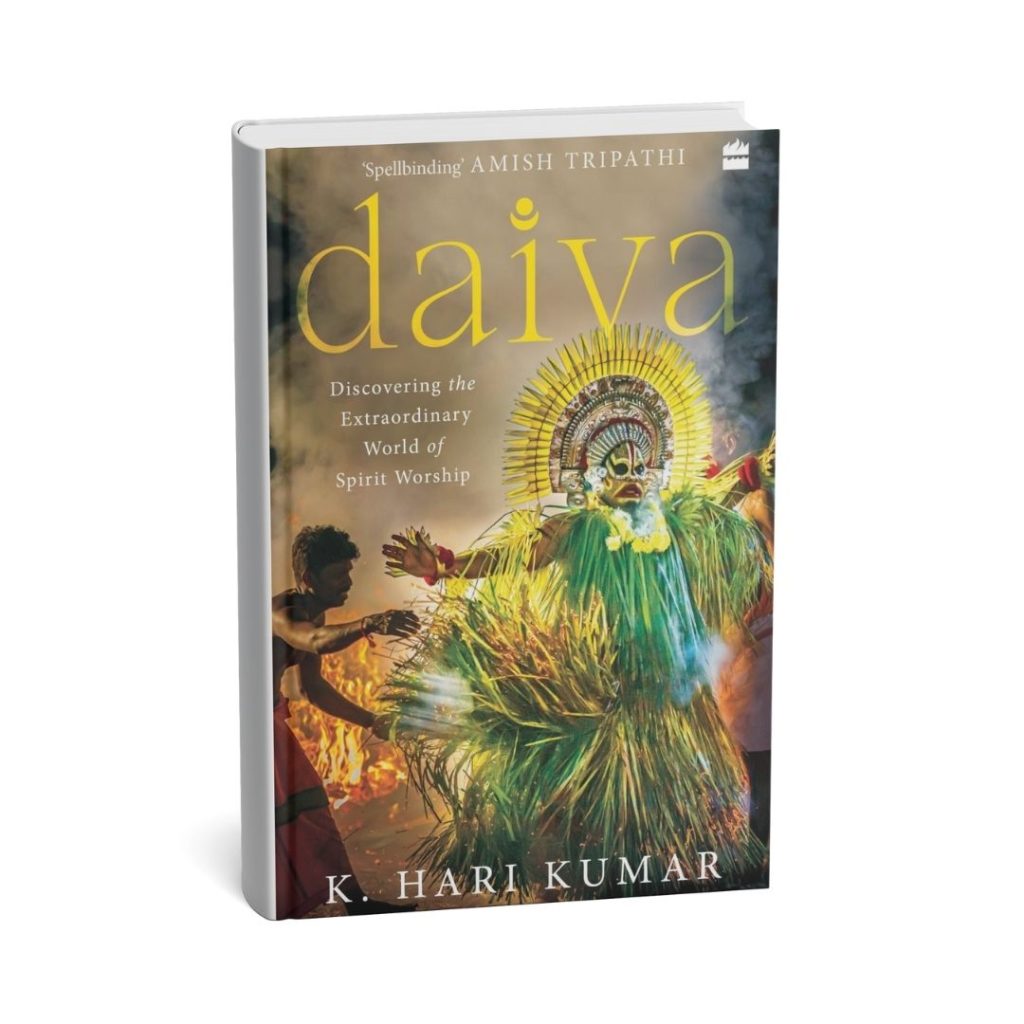
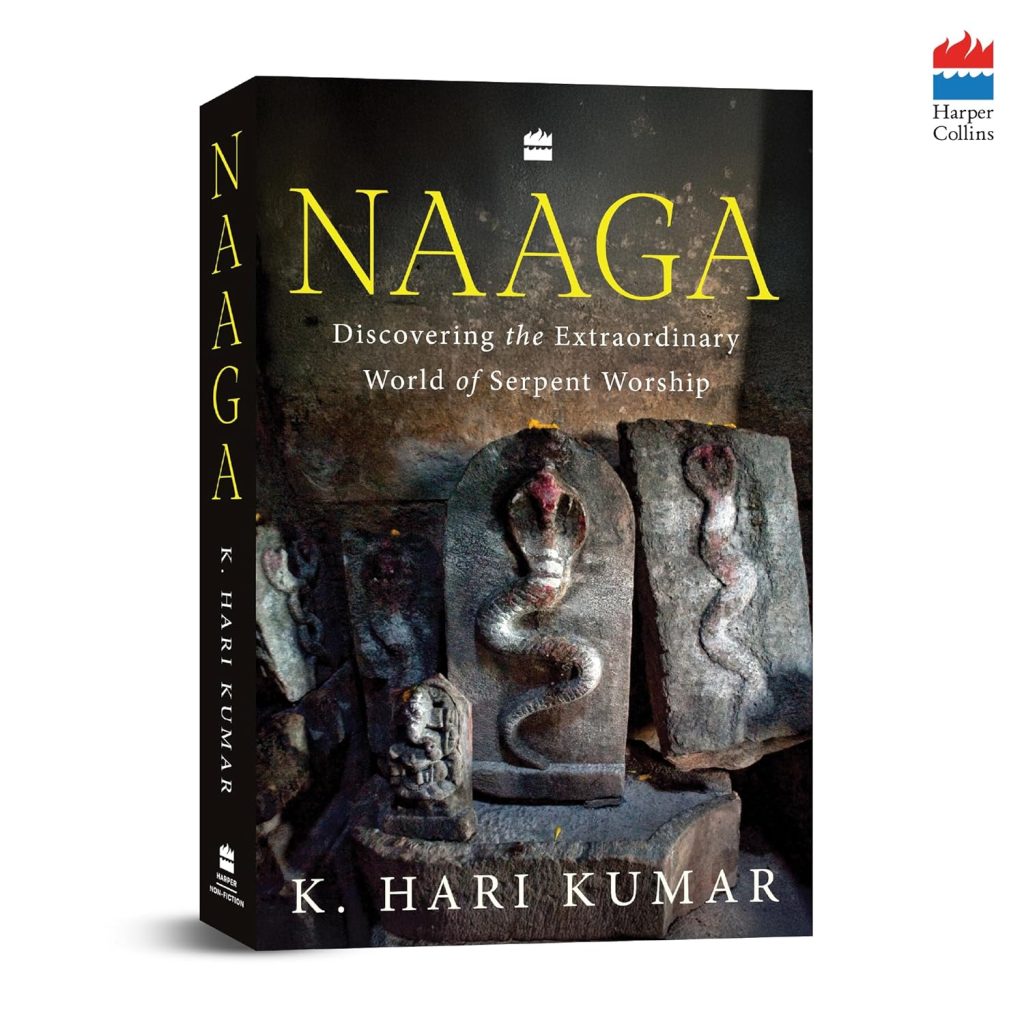

Leave a Reply